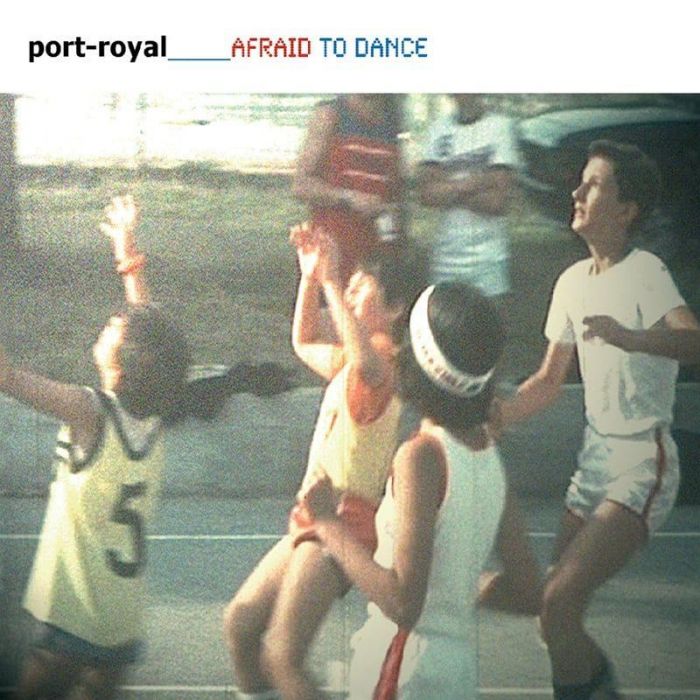Afraid to Dance by Port-Royal (Review)

Thanks to the likes of Godspeed You Black Emperor!, A Silver Mt. Zion, and Mogwai, when most people hear the term “instrumental post-rock,” they instantly start hearing long, slow burning epics replete with searingly gloomy string arrangements and ominous field recordings that eventually arrive in thunderous, apocalyptic climaxes.
And yet, the term “instrumental post-rock” could just as easily apply to Port-Royal’s latest CD, Afraid to Dance. Many of the earmarks are there: sprawling compositions that seem less interested in where they end up than in how they get there, an overall pensive and moody disposition, and enigmatic samples that pop up here and there.
However, the Italian quartet eschew much of the sturm und drang that Godspeed et al. made their stock in trade. While there are plenty of layers and walls of noise, they never reach the epic, stirring heights that one might think, but almost always prefer to lie in the background. As such, there’s not quite the emotional intensity and intimacy to Port-Royal’s music that can be found in even Godspeed’s most overwhelming moments.
Instead, Port-Royal focuses more on the finer details and textures, and to that end, replace the string arrangements one might expect with electronics (noodly synths, glitchy ambience, programmed beats). However, unlike M83’s similar forays, Port-Royal’s electronica-laced compositions feel much more organic. This isn’t just a case of taking searing, towering guitars and slapping them together with some equally over-the-top synth arrangements, which sounds good for awhile but becomes less interesting as time goes on.
Rather, I’m reminded more of Jonas Munk’s work under the Manual moniker. Like Munk, Port-Royal strikes a decent balance between the guitars and the electronic elements (which often have the same whirring, clicking nature of Munk’s electronics). As a result, such songs as “Anya:Sehnsucht” and “Leitmotiv | Glasnost” are quite evocative over their lengthy running times, full of ghostly synth whispers and shimmering guitars drifting, aurora-like, over icily precise beats.
The skillful blending of electronics also allows for some delightful surprises to crop up here and there. “Deca-Dance” is Afraid to Dance’s highlight, its crunchy, stomping electronic beat and undulating synths blending together with chiming guitars in a manner that’s amazingly dancey, even club-friendly (at least, for the kind of clubs one might find in Blade Runner’s Los Angeles).
Eventually, the beat fades out, leaving behind the arpeggiated synths that play out in a gracefully melancholy denouement. But no matter how many times I hear the song, my body instantly begins swaying to the beat as soon as “Deca-Dance” comes on, and that’s something Godspeed has never done for me.